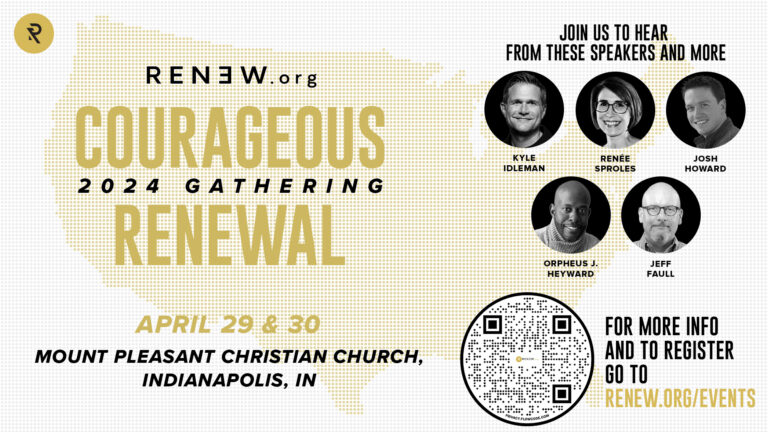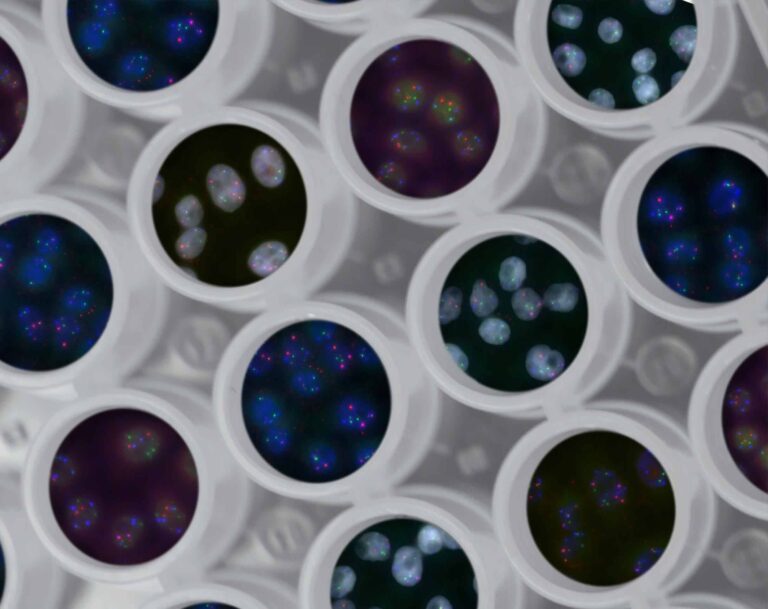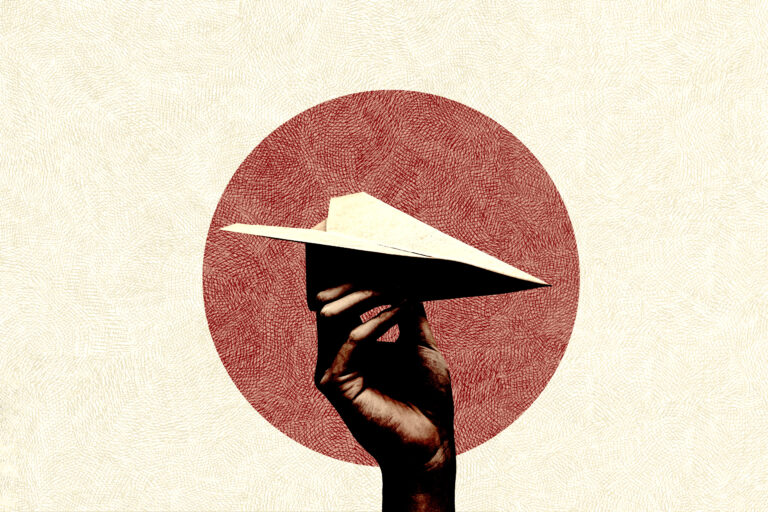The Gospel of John narrates how, to save a wedding feast which has run out of wine, Jesus turns water into wine. As Jesus’ first public miracle, the Gospel of John describes it as “the first of the signs through which he revealed his glory” (John 2:11, NIV). What do we learn about Jesus from this miracle?
What Does This Story Tell Us About the Author?
The Gospel of John begins with the grand and glorious—but quickly moves to the granular. It begins with a zoomed-out, eternal perspective of Jesus: He’s “the Word” who has always been with God and who is God. He is the “light of all mankind” (John 1:14), the “one and only Son, who is himself God” (John 1:18).
Yet, although God, he “became flesh and made his dwelling among us” (John 1:14a, NIV). And that’s why the Gospel of John quickly transitions into the dusty, the detailed, and the day-by-day. The Gospel begins narrating that, on Saturday, Jesus met a couple of John the Baptist’s disciples around the tenth hour, and they began hanging out with Jesus. Then, on Sunday, he met a couple more potential disciples, one of whom was shocked that this possible Messiah was from, of all places, that dinky village Nazareth. Wednesday, Jesus and his new friends go to a wedding.
We’ll get to the wedding in a second, but first let’s consider what all these pedestrian details tell us about the author of this Gospel: It very much sounds like he was really there. There are clues from within the Gospel itself, as well as from the earliest writings about the Gospel, that the author was Jesus’ apostle John. Even if it weren’t the early consensus that John was the author, it’s hard to escape the conclusion that the narration is based on a first-person account.
“It’s hard to escape the conclusion that the narration is based on a first-person account.”
The author also seems to be a Jew explaining Jewish customs and Palestinian geography to a non-Jewish audience. For example, in 2:6, he describes the stone water jars as “the kind used by the Jews for ceremonial washing, each holding from twenty to thirty gallons” (NIV).
What Other Distinguished Guest Makes an Appearance at the Wedding?
You can’t get a more distinguished guest than having Jesus at your wedding. But there’s also quite an important person in this story who makes a rare Gospel appearance. She shows up only one other time in this Gospel, and that’s at Jesus’ crucifixion.
This hint will give away who it is: She also makes an appearance early on in the two Gospels which narrate Jesus’ birth: Matthew and Luke. She is Jesus’ mother Mary. In this story of the wedding at Cana, we get a fascinating glimpse into the relationship between this amazing woman and her dual-citizen, human-and-divine son.
What Does Jesus’ Attendance at the Wedding Tell Us About Jesus?
To answer this question, we need to take a quick look at what weddings were like in that culture. Festivities often lasted a week, with more guests arriving each day. The bridegroom put in a small fortune to keep the guests satisfied with plenty of food and drink the whole week. In a Jewish context in which some ascetics (e.g., the Essenes) saw themselves as too holy to celebrate marriage, Jesus led his disciples into full celebration of the goodness of this God-given covenant.
Jesus turns water into wine: “Jesus led his disciples into full celebration of the goodness of this God-given covenant.”
What do we know about Cana?
Cana, the site of the wedding, was just a few miles north of Jesus’ hometown of Nazareth, both being in Galilee, the northern region of the promised land. The traditional site (modern-day Kafr Kanna) is four miles north of Nazareth. Most scholars lean toward a location eight miles north of Nazareth, called Khirbet Qana. Cana was the hometown of Jesus’ disciples Nathaniel, as well as the site of another miracle, where Jesus healed a royal official’s son (John 4:46-54).
Why Was Jesus Hesitant to Help?
It appears from the story that Mary, very possibly a widow by now, was helping with the wedding, likely in some capacity of responsibility (2:5). At some point during the celebration, something reputationally ruinous was in danger of coming to light: They ran out of wine to serve people.
Mary herself didn’t have a plan to save the wedding, but she did know a guy.
“When the wine was gone, Jesus’ mother said to him, ‘They have no more wine.’” (John 2:3, NIV)
His response, at least in Greek, is a little odd, especially since it’s essentially the same response a demon gave to Jesus in Matthew 8:29 (where the demon asks Jesus, “What do you want with us?”). Literally, the words are “What to you to me?” The idea is that Jesus is asking his mother why he should see this as his business. His explanation: “Woman, why do you involve me? My hour has not yet come” (John 2:4, NIV).
“Woman, why do you involve me? My hour has not yet come.”
This is the first of nine references in the Gospel of John to Jesus’ hour/time (2:4; 7:30; 8:20; 12:23, 27 [twice]; 13:1; 16:32; 17:1). Up until chapter 12 (the first three references), Jesus explains that his hour had not yet come. Then, starting with 12:23, his hour had come. This hour refers to when Jesus was to be “glorified” through his death and resurrection.
It seems that Jesus was aware that his first public miracle would set things in motion and that he wasn’t going to let even the mother-son relationship take precedence over his kingdom obligations.
Still, Mary must have sensed that her son might still be willing to help, which is why she told the servants, “Do whatever he tells you” (2:5b, NIV).
What Jesus Asked of the Servants
Sure enough, Jesus devised a plan and gave it to the servants:
Jesus said to the servants, “Fill the jars with water”; so they filled them to the brim. Then he told them, “Now draw some out and take it to the master of the banquet.” (John 2:7-8, NIV)
What do we know about the jars? John 2:6 tells us there were six stone water jars, holding 20-30 gallons of water each (120-180 gallons total). They were “the kind used by the Jews for ceremonial washing.” Craig Keener explains that they would contain enough water “to fill a Jewish immersion pool used for ceremonial purification.”[1]
Jesus’ two-step plan is for the servants 1) to fill the jars with water and 2) draw out water and take it to the master of the banquet. The master of the banquet served the wedding as master of ceremonies as well as keeper of order. Running out of wine would likely reflect poorly on him as well.
Jesus turns water into wine: “Jesus’ two-step plan is for the servants 1) to fill the jars with water and 2) draw out water and take it to the master of the banquet.”
In addition to the two steps, there’s also a third—hidden but huge—request Jesus is making of the servants: that they have faith. Colin Kruse explains,
“Their obedience showed implicit faith in Jesus’ word, for the servants’ embarrassment would be great if what they brought to the master of the banquet turned out to be just water!”[2]
Have you noticed that Jesus often asks people to do things that make little sense in the moment? In leading us to take one step, then another, out of our zone of preference, he grows our faith and widens our imagination to better accommodate what he is capable of.
Following the Sign to Its Destination
When the servants present to the master of the banquet what they drew out of the jars, he was very confused and immediately sent for the bridegroom. Uh oh, right? Except that he called the bridegroom aside and said, “Everyone brings out the choice wine first and then the cheaper wine after the guests have had too much to drink; but you have saved the best till now” (2:10, NIV).
One takeaway is that Jesus is able to do above and beyond what we expect. Even his miracle of restoring wine for the wedding was an unexpected upgrade. Another takeaway is that Jesus does glorious things in covert ways. Whom did he perform this miracle for? He apparently wanted to honor his mother and he apparently felt compassion on the wedding couple and wanted to spare them embarrassment. But the master of the banquet, and apparently the rest of the wedding attendants, proceeded with the feast feeling warmly toward the bridegroom, not reverently toward Jesus. He wanted to show his glory—but to his disciples, not for the crowd:
“What Jesus did here in Cana of Galilee was the first of the signs through which he revealed his glory; and his disciples believed in him.” (2:11, NIV)
Jesus turns water into wine: “What Jesus did here in Cana of Galilee was the first of the signs through which he revealed his glory.”
This is the first of seven “signs” the Gospel of John narrates (just as there are seven “I am” statements throughout John’s Gospel). These signs are miracles, yes, but by using the word “signs,” John sees these miracles as pointers that tell us we ought to put our faith in Jesus. The disciples followed the sign to its logical destination: “And his disciples believed in him.”
Jesus Turns Water into Wine…and Shows a Better Kingdom
It’s very possible that, in the events narrated in these early chapters of John’s Gospel, he is drawing a contrast between the new Messianic age and the old way of doing things.
- John 2 – Around Passover, Jesus enters the temple which the religious leaders had turned into a market, and he overturns tables, scatters coins, and drives out animals.
- John 3 – Jesus explains that even a Pharisee member of the Jewish Sanhedrin, Nicodemus, needs to be born again to enter God’s kingdom.
- John 4 – Jesus invites a Samaritan woman to living water which surpassed water from Jacob’s well and worship that surpassed the worship at either the Jewish or Samarian temple.
Perhaps, within this context, Jesus turning water into wine has the added significance of depicting his kingdom as being the true Messianic celebration with the “best wine”—especially compared to the mere “water” of the old ceremonial cleansings. D.A. Carson explains, “The wine Jesus provides is unqualifiedly superior, as must everything be that is tied to the new, messianic age Jesus is introducing.”[3]
It’s no small thing how Jesus’ first miracle, turning water into wine, parallels Moses’ first miracle, turning the river into blood (Ex. 7:20).
Jesus turns water into wine: “Perhaps, the event has the added significance of depicting his kingdom as being the true Messianic celebration with the ‘best wine.'”
Does Jesus Care About Your Problems?
Although Jesus’ miracle here was clearly meant to grow the faith of his new disciples, it also shows that he cares about the everyday problems and anxieties people deal with. Jesus opens our eyes to his glory the more we follow his steady lead amid our everyday worries.
Whatever we’re going through, some of the best advice we’ll ever get comes from Jesus’ mother as she speaks to the servants: “Do whatever he tells you” (John 1:5b, NIV).
[1] Craig Keener, The IVP Bible Background Commentary: New Testament (Downers Grove: InterVarsity, 1993), 268.
[2] Colin G. Kruse, John: An Introduction and Commentary, vol. 4 of Tyndale New Testament Commentaries. IVP/Accordance electronic ed. (Downers Grove: InterVarsity Press, 2003), 95.
[3] D. A. Carson, The Gospel According to John, Pillar New Testament Commentary. Accordance electronic ed. (Grand Rapids: Eerdmans, 1991), 174-175.










